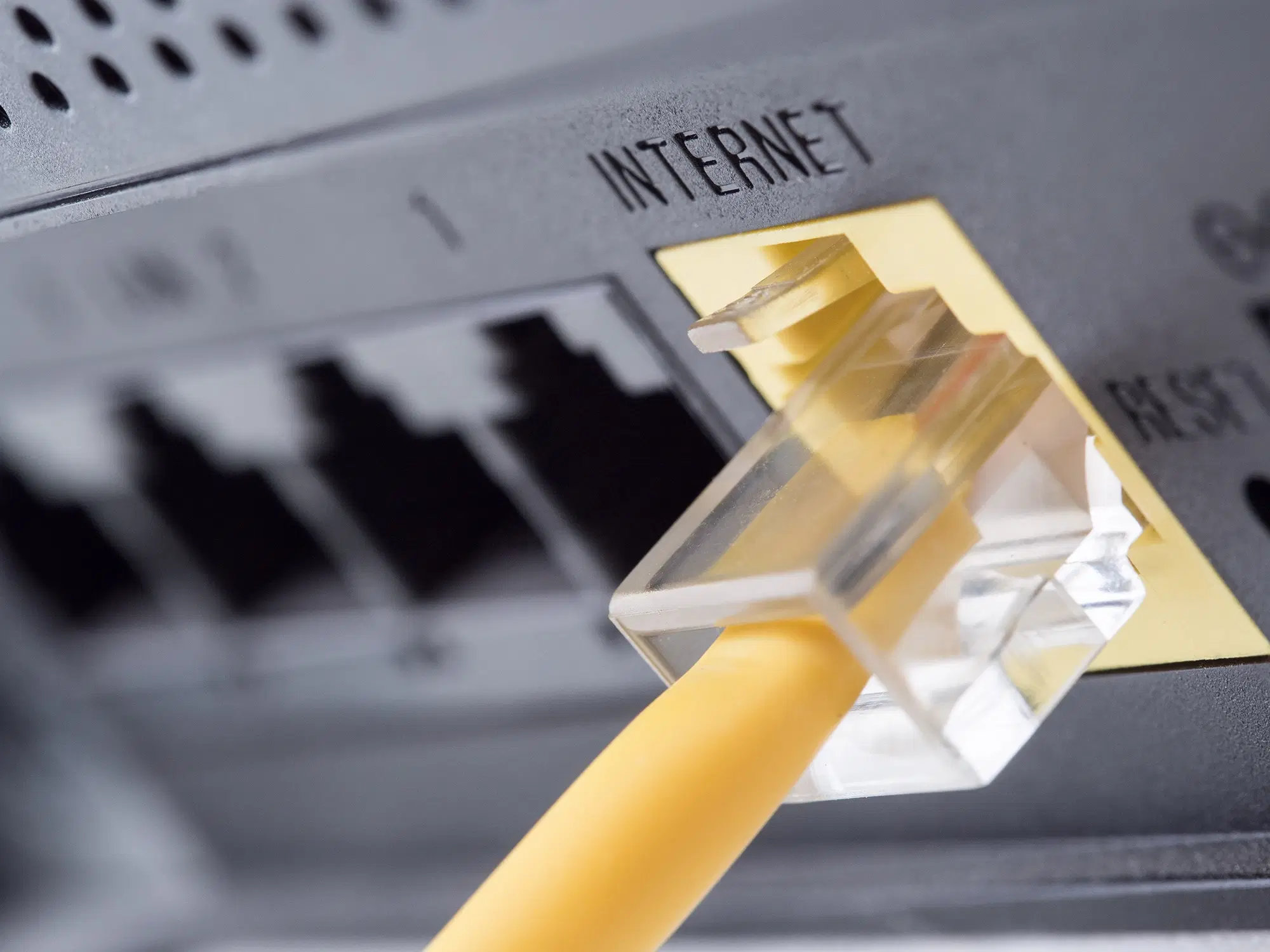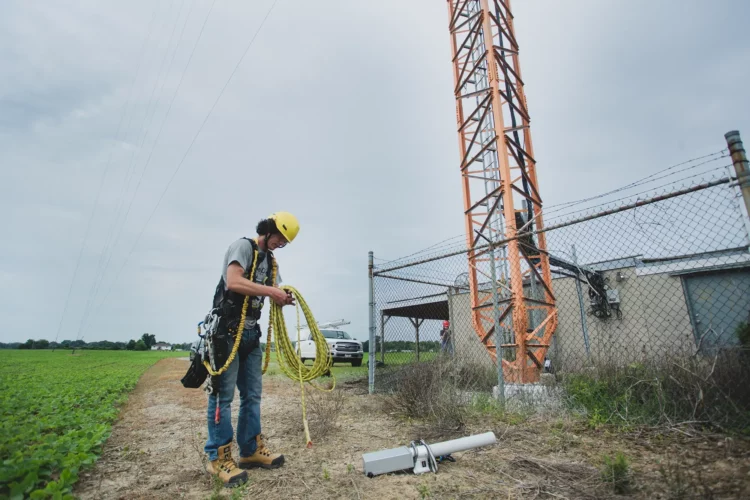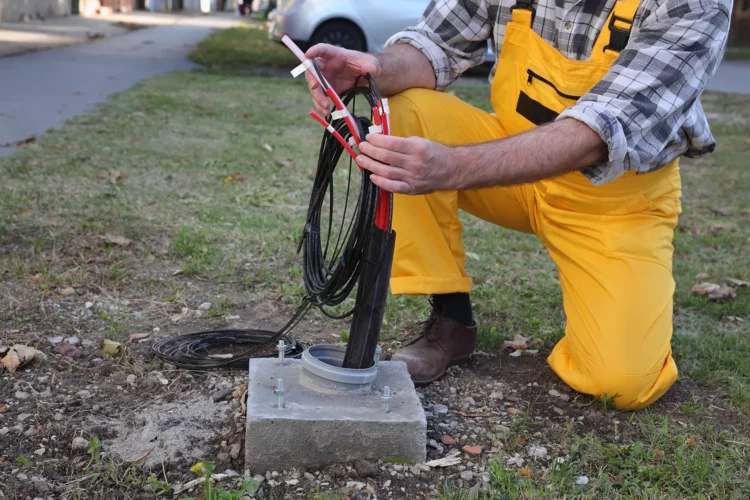91% of Canadians over the age of 15 currently use the internet. And as home internet becomes more ubiquitous, people are starting to learn how to fix service problems on their own.
This is a great thing as we continue to rely more and more on our Wi-Fi for professional and personal use. Are you currently experiencing issues with your internet? Maybe you are currently looking to buy a modem?
First and foremost, you should make sure that your internet CAT5 cables are all plugged in to the router. They are? Great!
Continue reading and we’ll show you how to troubleshoot the most common router and modem problems.
How to Troubleshoot the Modem
The modem is the device that helps connect the internet to your home network. Whether your broadband connection is DSL, cable, or fiber optic, the first thing that you’ll want to check is the modem.
If your internet is slow, you probably need to troubleshoot the modem.
First off, you should understand what your modem’s lights mean. These lights will also blink, change colors, and do all sorts of things. It’s advised that you have a manual with you so that you can understand what your modem is trying to tell you.
For most modems, there is a power, globe, ethernet, and Wi-Fi icon. Others may have more icons for extra features like USB or a reset symbol.
If you’re experiencing any Wi-Fi issues, the first thing you need to try is to completely disconnect your modem from all cables and power. Let it sit for about half a minute and then plug everything back in.
The reason why this solution is so effective for electronic devices is that these contraptions have two types of memory. They have non-volatile and volatile RAM.
The non-volatile RAM is sort of like a tiny thumb drive inside the device that keeps important info like settings and the device’s operating system.
The volatile RAM is more like the memory on a computer. It’s used for holding information while the device is in use but it doesn’t hold that data when the device is turned off.
The reason why you have to keep the device off for at least 30 seconds is so that it can be drained of power and get rid of that memory completely.
When you power back on the modem, it should start working again. If not, continue reading.
The Long Term Troubleshoot
If power cycling the modem in your house didn’t solve the problem, you’ll probably have to call your internet service provider and see if they can solve the problem remotely.
If you’re using a cable modem, check if the cable line is excessively split before it enters the modem. Then, have a support representative come over and test out the signal strength at your house.
If your home was wired for cable in the 1990s, it’s likely that all of the cables were linked by a 9-way splitter. That splitter could likely be hurting the strength of your signal.
It’s advisable to instead use a simple 2-way splitter that can branch the cable modem line off.
And if you should discover that your modem is somehow damaged, you should go ahead and just get it replaced.
How to Troubleshoot the Router
To make things clear, the modem is what connects your home to the internet and the router connects the Wi-Fi to your devices.
The first step to fixing a troublesome router is to figure out what does and doesn’t work.
Get an ethernet-enabled device and connect it to the router in your home directly. You should use ethernet over Wi-Fi because ethernet is much more stable.
You can also power cycle the router like you did for the modem and see if that works.
The Long Term Troubleshoot
If you’re still experiencing problems with your router, there are still a few things you can do to fix it. First off, check for any firmware updates and update the router.
You can check the manufacturer’s web site or the control panel to learn how to update your firmware. Most routers made these days have a built-in function that checks for updates. This function will download updates automatically.
Older models, however, might require you to download and then upload the file yourself.
Next, reset your router. Before you reset though, make sure that you record what the router’s settings are.
Resetting the router is different from power cycling it as this feature actually resets everything back to factory settings. This means that all of your router’s settings will be erased.
And if none of those steps work, you’re most likely going to have to reset your router.
The Importance of Knowing How to Troubleshoot Common Router and Modem Problems Yourself
By knowing how to fix common router and modem problems yourself, you’ll be able to more quickly get back online when you experience an issue. Of course, some problems can only be solved by contacting your internet service provider.
Hopefully, after reading all of the information above, you can successfully solve your router and modem woes and get your internet back into good shape.






